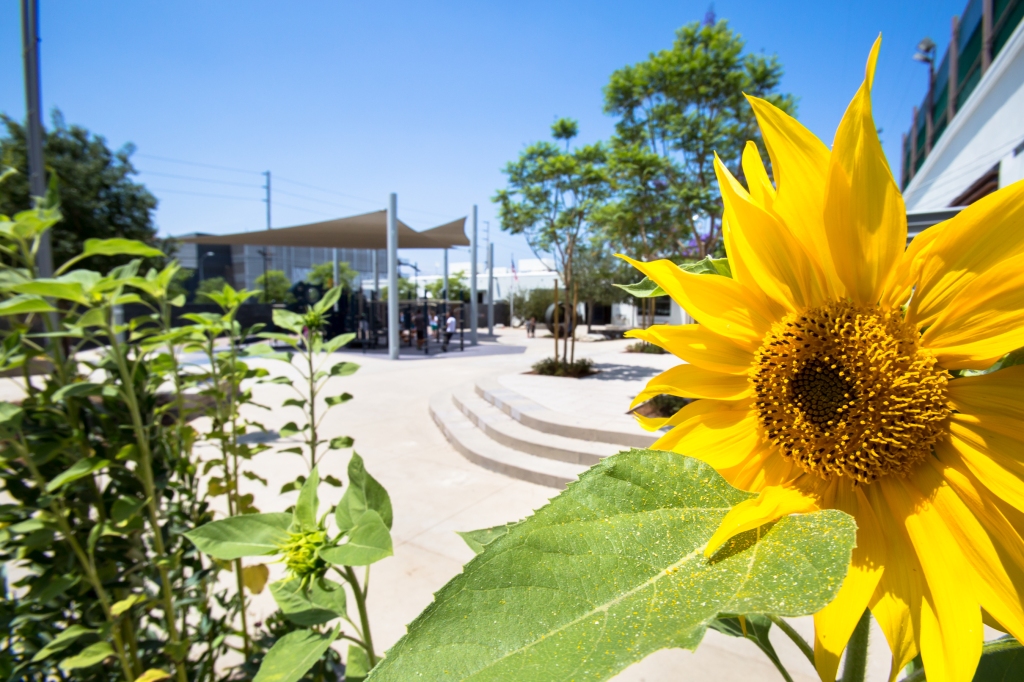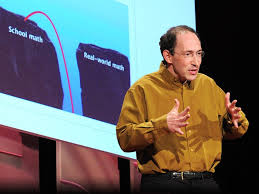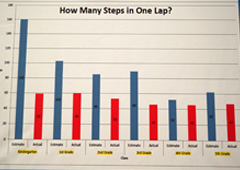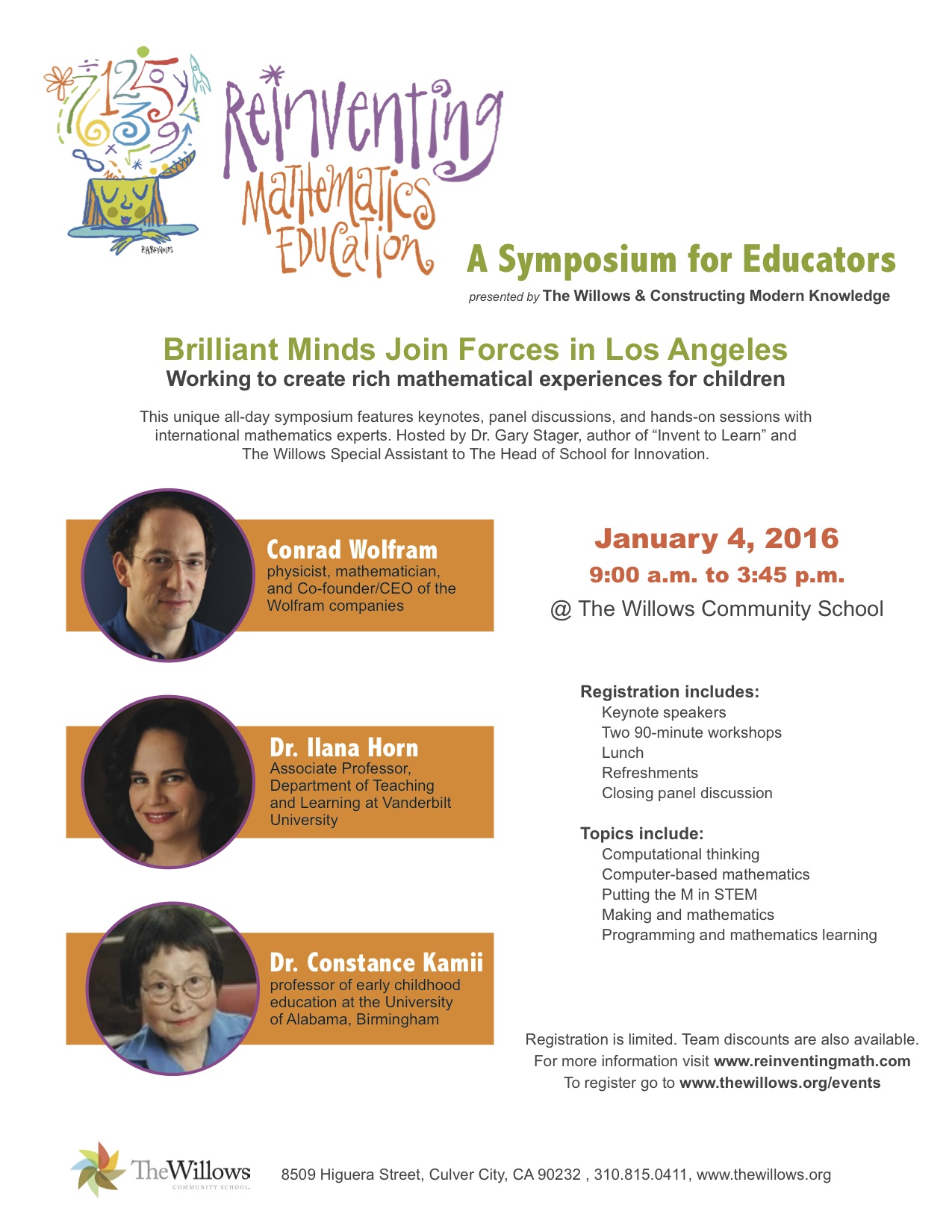“I’m done with my work. Can I go on my computer?”
I don’t know of any teacher who hasn’t heard a student ask some version of that question. We hear it all the time, and the query usually makes us suspicious at best.
“That depends. What are you planning on doing on it?” And therein lies the rub. The technology our students have access to can be a teacher’s best friend and worst enemy, often on the same day. To those of us who went to school in the “olden days” (pencils, paper, maybe a typewriter), incorporating technology can be a bit of a leap of faith.
When I designed a project for my class earlier this year in which they were to create a “Video Essay” about a figure or event from the Civil Rights Movement, I was only trying to give them an alternative to a “typical research paper.” Instead, why not try to do something that speaks to the times and to my students’ skills and interests? I knew what I wanted them to get out of the project; I hoped that if I gave these kids the opportunity to try something different, they would surprise me with the results.

When the finished products began pouring in, I was floored at how good, how professional, they were. But you know what? I probably shouldn’t have been. These kids are constantly and consistently barraged with media, and as a result, have become experts by osmosis. I can’t tell you how many times I’m in front of the class teaching when some technical glitch attacks my computer. Before I know it, there are 3-6 helpful 8th graders providing me with quick fixes for not only the current glitch, but ways in which I can download a new font, change the language on my keyboard, and download a picture of a llama wearing a fez as my new screensaver.
So their ease with technical concepts such as pacing, editing, sound, music, montage, and rhythm were way beyond my expectations. But as this was still a research project, albeit one that seemed to play to their strengths, I was still concerned about some of the basics. Would they still be able to clearly convey a thesis? If so, will they be able to defend it with support? And what will that support look like?
As I watched these Video Essays, these concerns began to melt away. I watched one film about Plessy vs. Ferguson that used an iPad’s time-lapse feature, vocal n arration, and the student’s artistic talents to create a lesson so clear and concise, I am fairly sure I’ll be using her lesson in addition to mine in the future. Another student used editing techniques and music to create a feeling of momentum and excitement as she built toward her thesis in a video essay about our recent Intersession. Again, amazed by how sophisticated the work turned out to be.
arration, and the student’s artistic talents to create a lesson so clear and concise, I am fairly sure I’ll be using her lesson in addition to mine in the future. Another student used editing techniques and music to create a feeling of momentum and excitement as she built toward her thesis in a video essay about our recent Intersession. Again, amazed by how sophisticated the work turned out to be.
So, is the takeaway here that students clearly no longer need to write essays, opting instead to let them play around on their computers? Absolutely not. Video Essays should be a complement rather than a replacement; an opportunity for students to learn how to develop a thesis and with valid support in a new, different way. To move scholarship beyond just creating knowledge and take on an aesthetic, poetic function.
I couldn’t be happier with how these projects have turned out. The students were excited about working in a new medium, while at the same time their strengths as thoughtful researchers were strengthened at the same time. I believe that is called a Win-Win.
*Some of the research and wording came from a website http://framescinemajournal.com/article/video-essays-in-the-cinema-history-classroom/


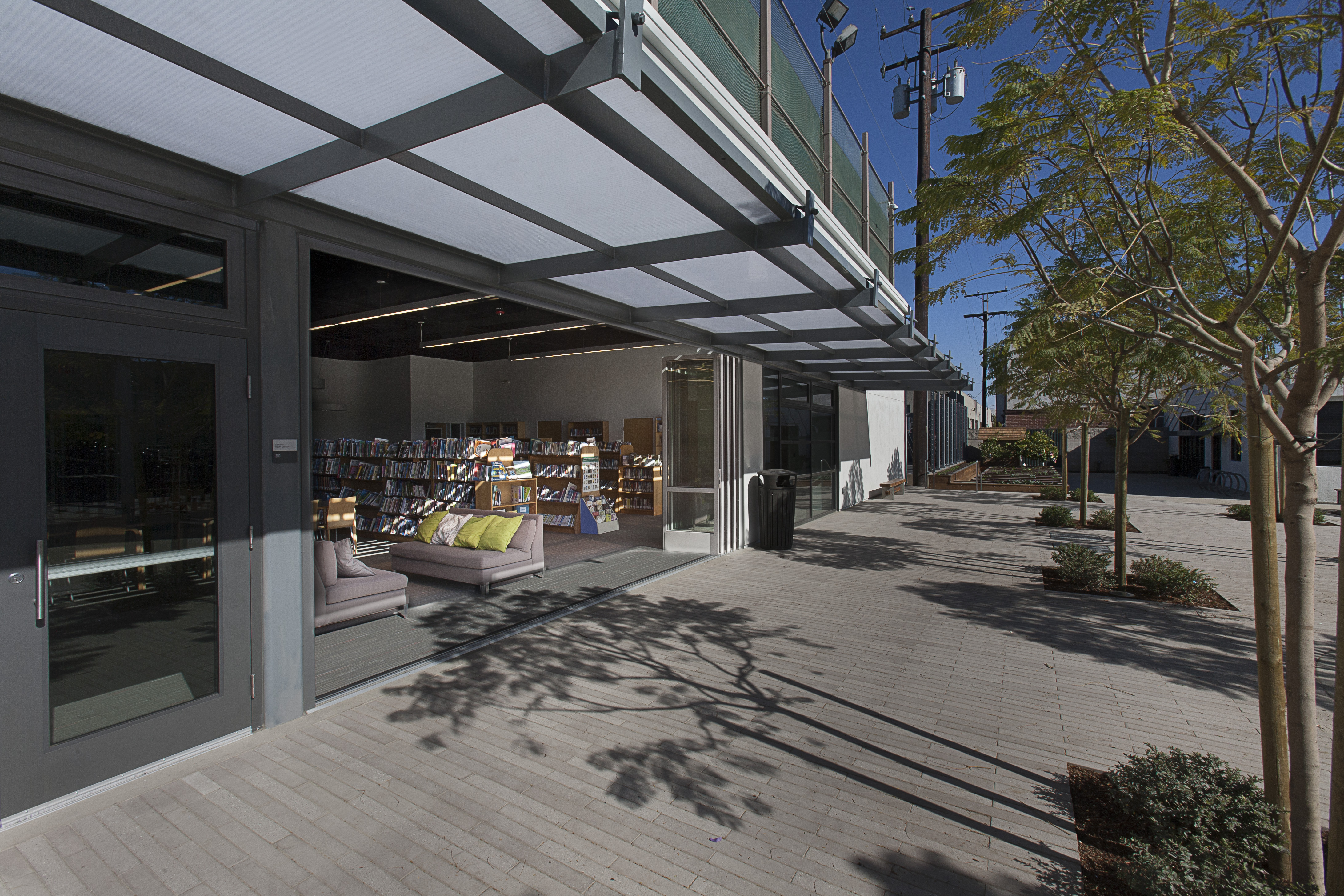
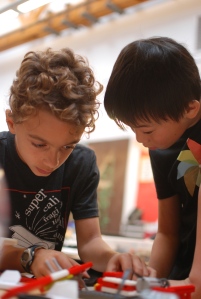 and I were aligned philosophically on the need for learning commons for elementary, middle, and college students with comfortable, flexible spaces to learn and collaborate as a group and study individually. Like Berkeley, our own Director of Library Services, Cathy Leverkus, has been very forward thinking, envisioning our library as a communal space, adaptable and ready to offer differentiated learning and new configurations that best meet our students’ needs in our constantly changing world.
and I were aligned philosophically on the need for learning commons for elementary, middle, and college students with comfortable, flexible spaces to learn and collaborate as a group and study individually. Like Berkeley, our own Director of Library Services, Cathy Leverkus, has been very forward thinking, envisioning our library as a communal space, adaptable and ready to offer differentiated learning and new configurations that best meet our students’ needs in our constantly changing world.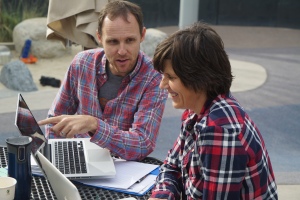
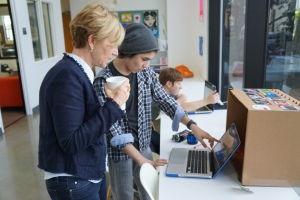 We share, question, and grow together. Our learning commons enhances this collaboration, which is a hallmark of The Willows educational approach, and is instrumental in shaping the soul and culture of our school.
We share, question, and grow together. Our learning commons enhances this collaboration, which is a hallmark of The Willows educational approach, and is instrumental in shaping the soul and culture of our school.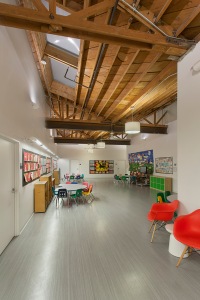 The space is almost museum-like with high walls and skylights. The light and air are conducive to learning.
The space is almost museum-like with high walls and skylights. The light and air are conducive to learning.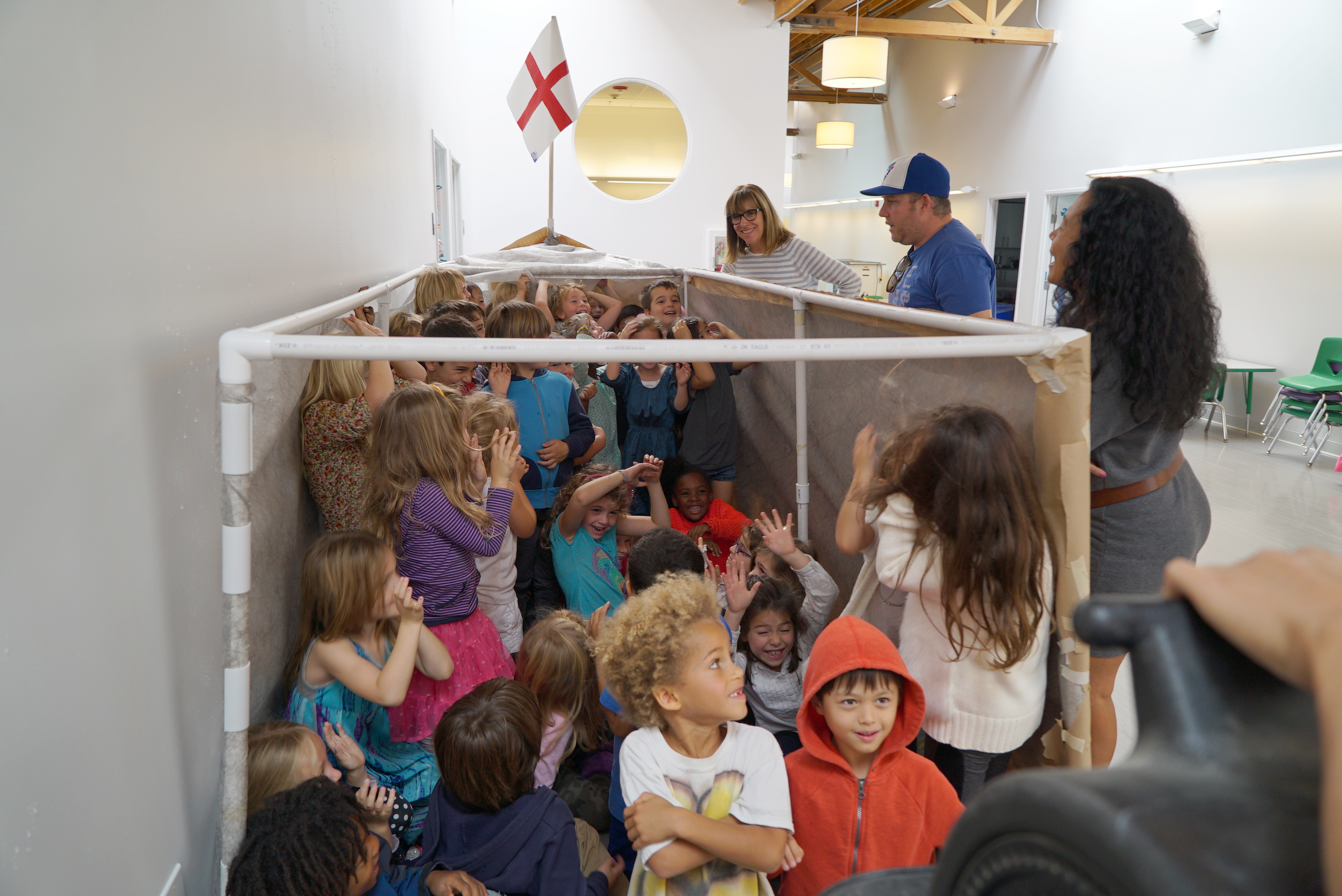 An example is the Kindergarten Maker replica of the Mayflower complete with wind machine, which would be impossible in a classroom, but is an exciting learning experience in the Willows 1 common space. All our spaces are intentionally flexible offering a myriad of learning experiences and cross-disciplinary and multi-age opportunities. In our learning commons, our middle school students often buddy with our youngest students assisting in hands-on projects that are the very heart of our DK-8 model, building empathy and offering leadership opportunities.
An example is the Kindergarten Maker replica of the Mayflower complete with wind machine, which would be impossible in a classroom, but is an exciting learning experience in the Willows 1 common space. All our spaces are intentionally flexible offering a myriad of learning experiences and cross-disciplinary and multi-age opportunities. In our learning commons, our middle school students often buddy with our youngest students assisting in hands-on projects that are the very heart of our DK-8 model, building empathy and offering leadership opportunities.